How to Password Protect a Directory in cPanel
II. How to Create an Email Account in cPanel
III. How to Set Your Default Address in cPanel
IV. How to Set Up an Autoresponder in cPanel
V. How to Set Up Email Forwarding in cPanel
VI. How to Set Up Email Filters in cPanel
VII. How to Enable Spam Protection in cPanel
VIII. How to Add an MX Entry in cPanel
IX. How to Use Webmail From Within cPanel
X. How to Change Your cPanel Password
XI. How to Update Your Contact Information in cPanel
XII. How to Change Your cPanel Theme
XIII. How to Change the Primary Language in cPanel
XIV. How to Add a Record With the DNS Zone Editor in cPanel
XV. How to Backup Your Website in cPanel
XVI. How to Use the Disk Space Usage Tool in cPanel
XVII. How to Create Additional FTP Accounts in cPanel
XVIII. How to Password Protect a Directory in cPanel
XIX. How to Use the IP Blocker in cPanel
XX. How To Set up Hotlink Protection in cPanel
XXI. How to Create a Subdomain in cPanel
XXII. How to Create an Addon Domain in cPanel
XXIII. How to Create a Domain Alias in cPanel
XXIV. How to Set up Domain Redirects in cPanel
XXV. How to Create a MySQL Database in cPanel
XXVI. How to Use the Index Manager in cPanel
XXVII. How to Create Custom Error Pages in cPanel
XXVIII. How to Set Up a Cron Job in cPanel
It is well known that website security is crucial. Securing the files behind the site is even more important. Even if your server security fails you and someone accesses your server, knowing how to password protect a directory in cPanel adds another level of security.
This guide will walk you through password protecting a cPanel file directory.
Requirements
For this tutorial, you need:
- A server running cPanel.
- Login credentials cPanel.
How to Password Protect a Directory in cPanel
1. Login to cPanel.
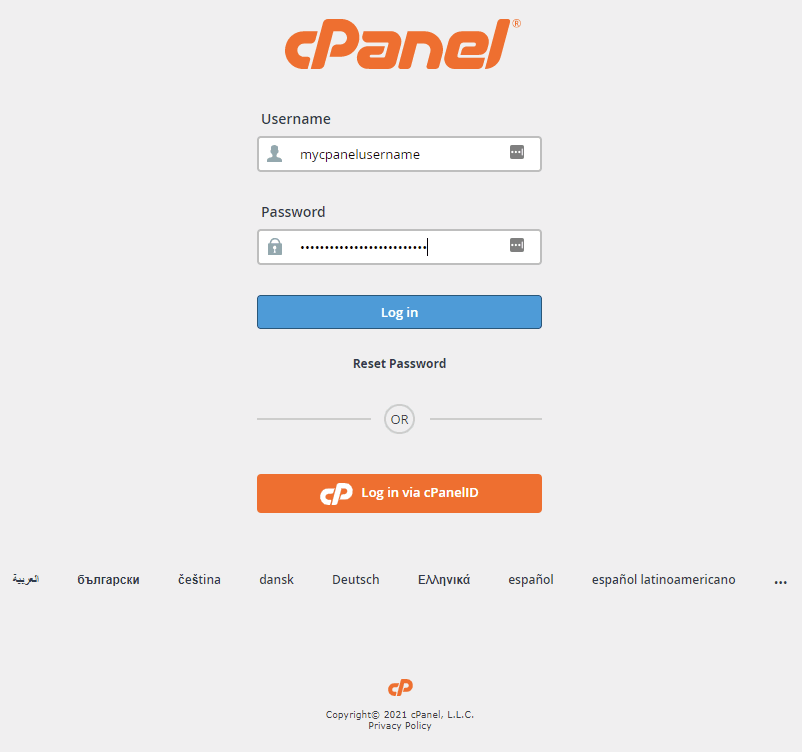
2. Click Directory Privacy.
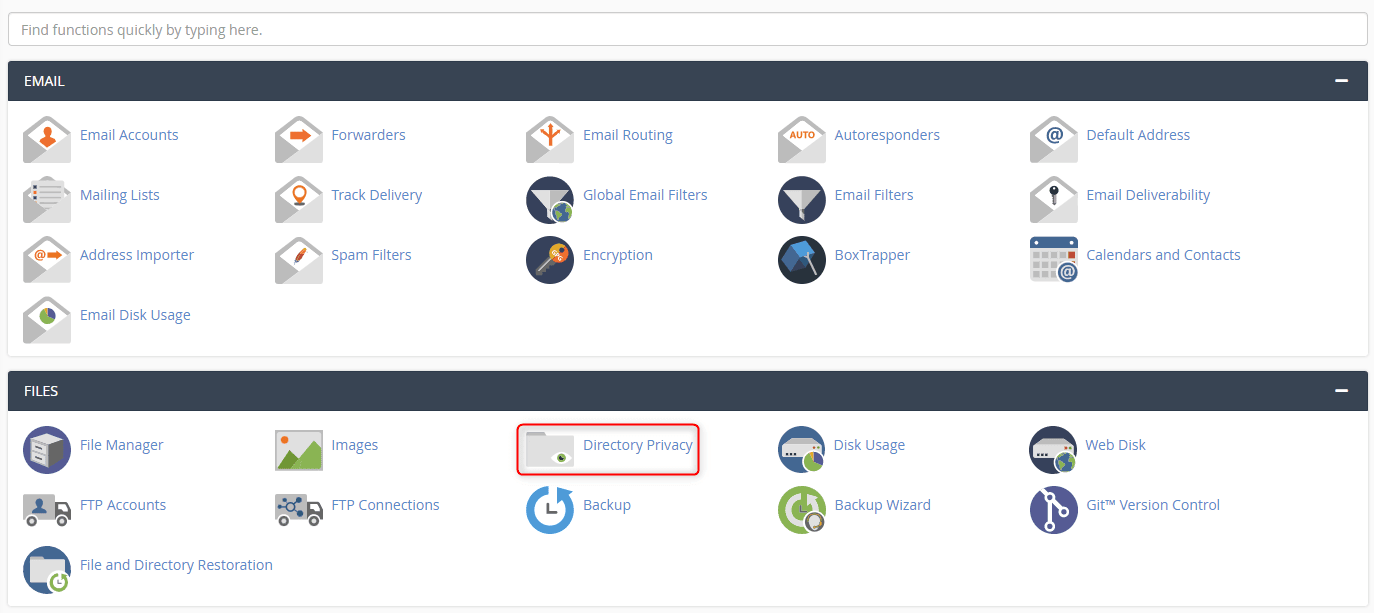
3. Click Edit next to the folder you want to protect.
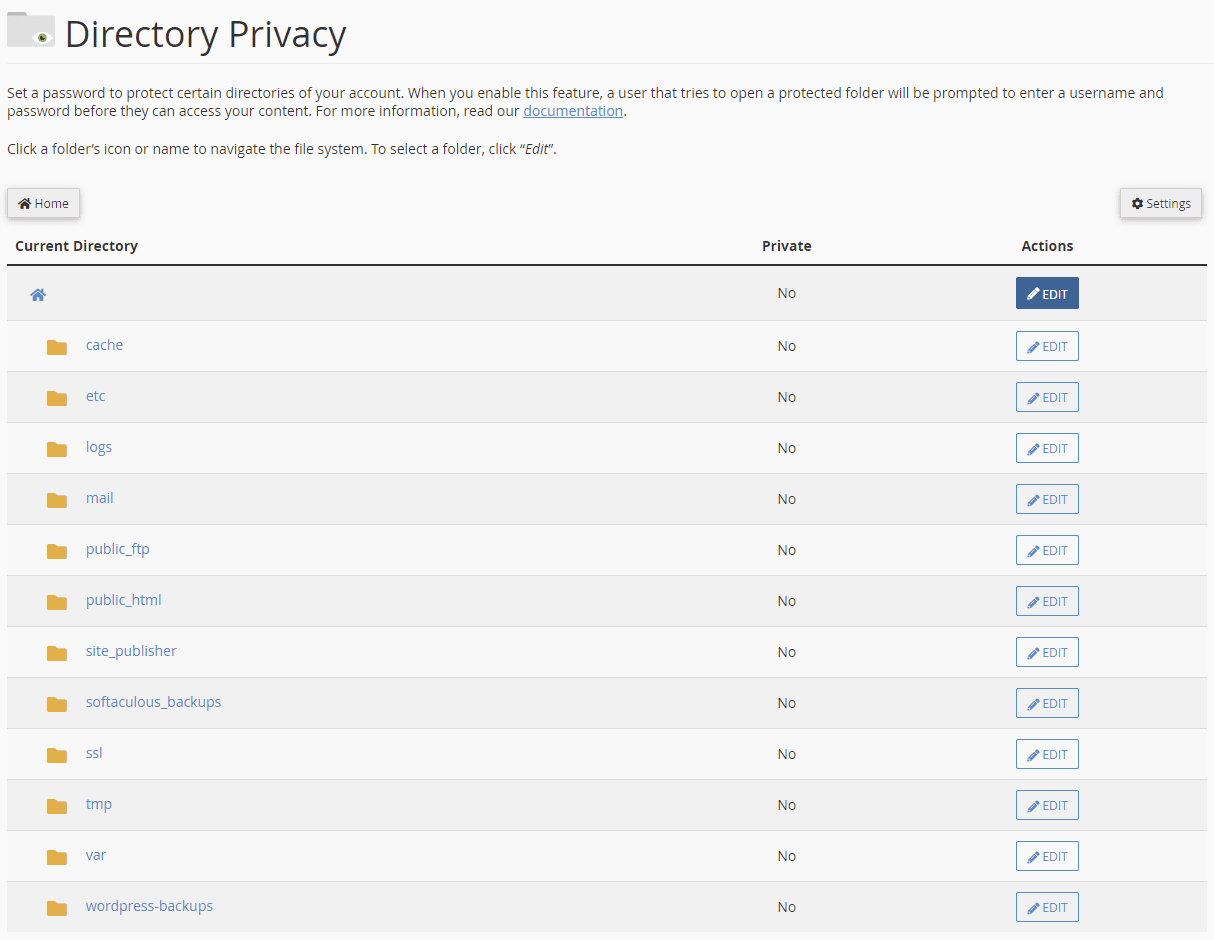
4. Click the checkbox next to Password protect this directory and enter a name for the protected directory. Once everything is selected and the name is entered, click Save.

5. A green confirmation message appears signifying the directory is protected, requiring a password to enter it via a web browser.

6. You must create at least one user and assign them a password for them to access the directory. Navigate back to the Directory Privacy page by clicking Go Back. A Create User area is now there to be completed.
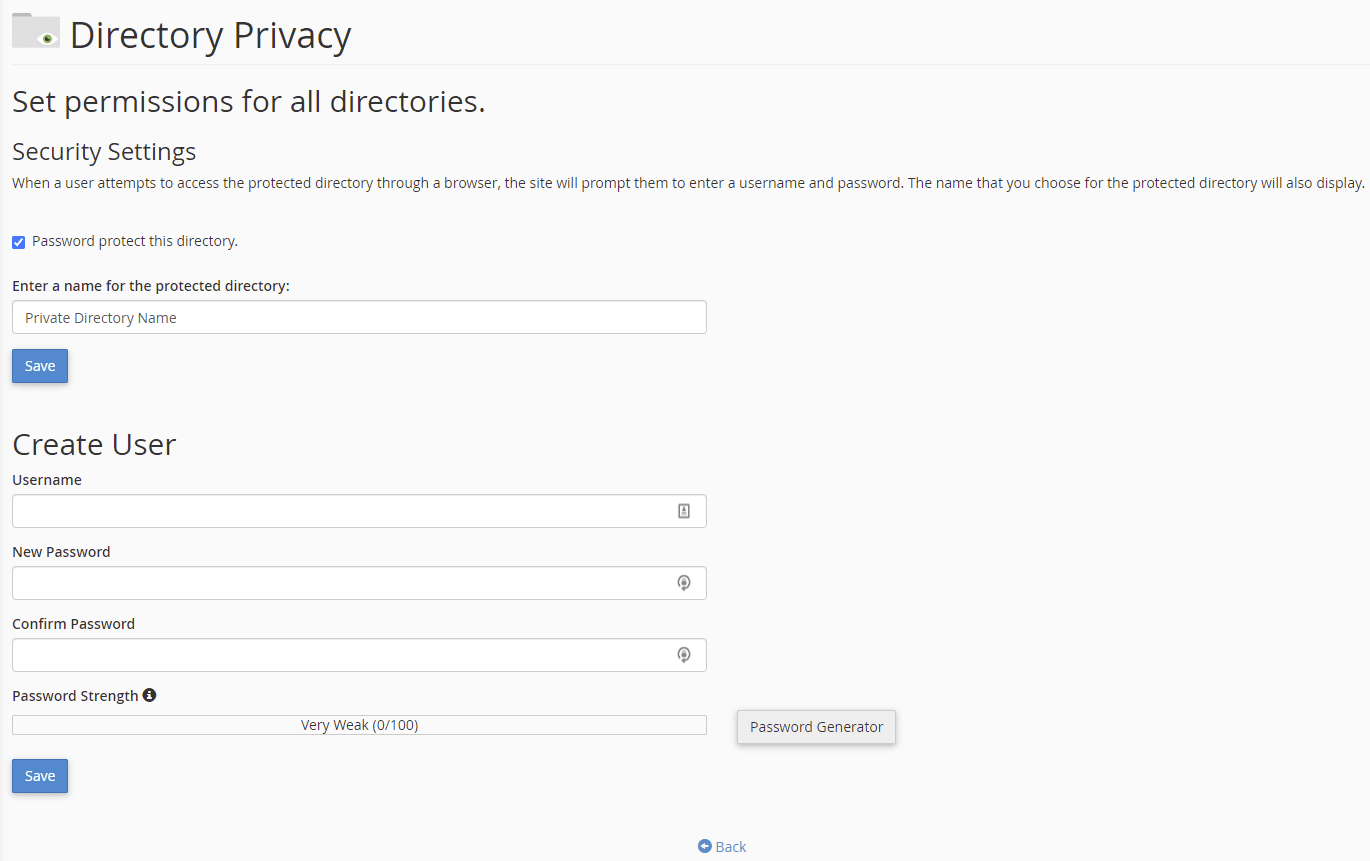
7. Enter the Username and then the password twice to confirm it, and click Save. Another green confirmation appears.

8. Click Go Back to view the Authorized Users section that is now viewable.
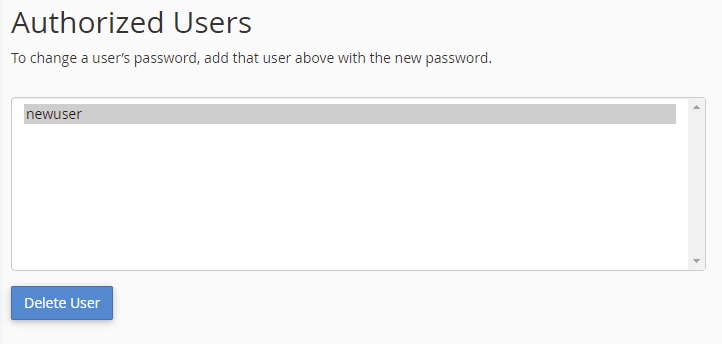
9. The protected directory now has one user who has access to it. Repeat this process for each additional user you want to grant access to.
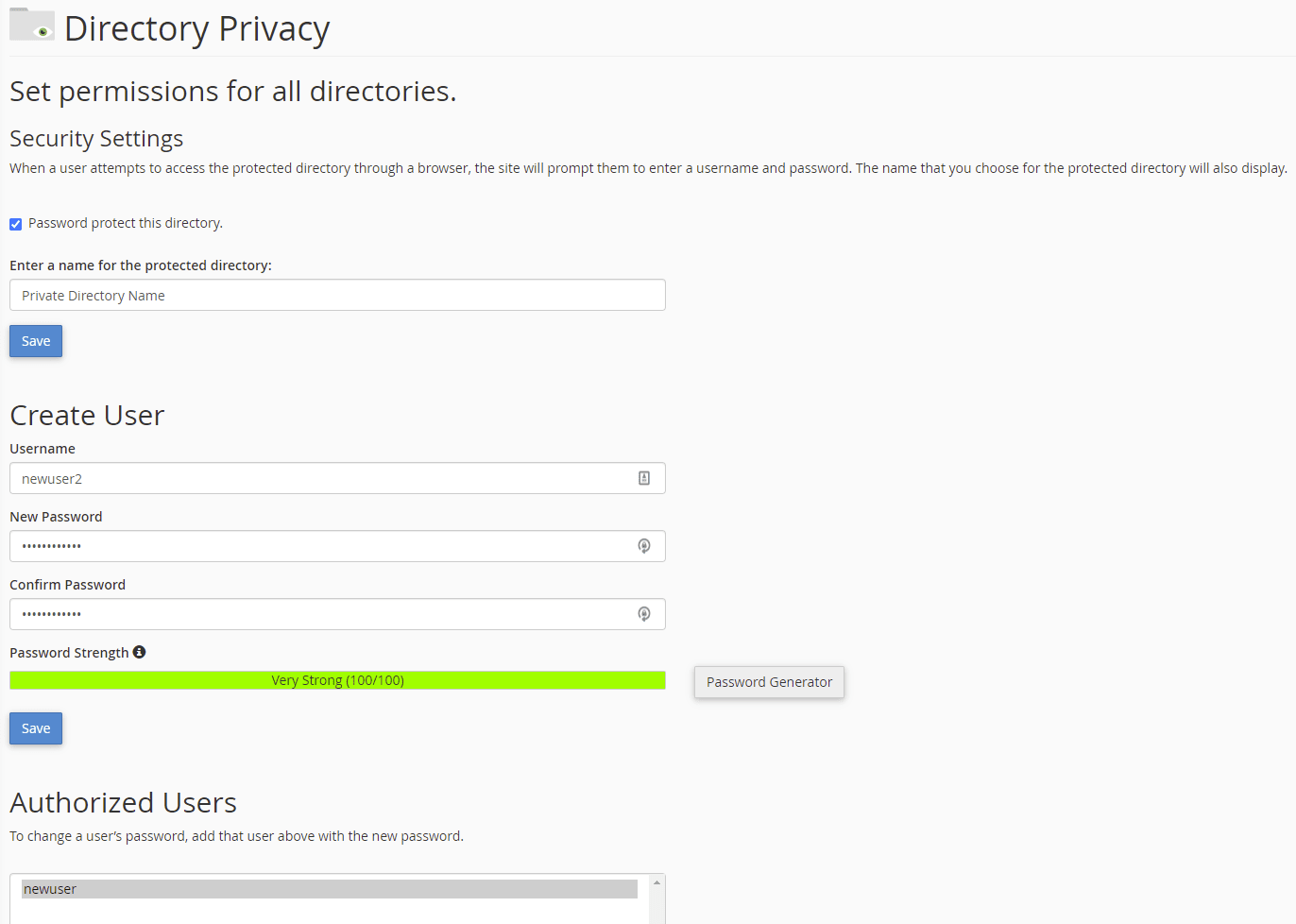
10. The protected directory displays a Yes under the Private column.
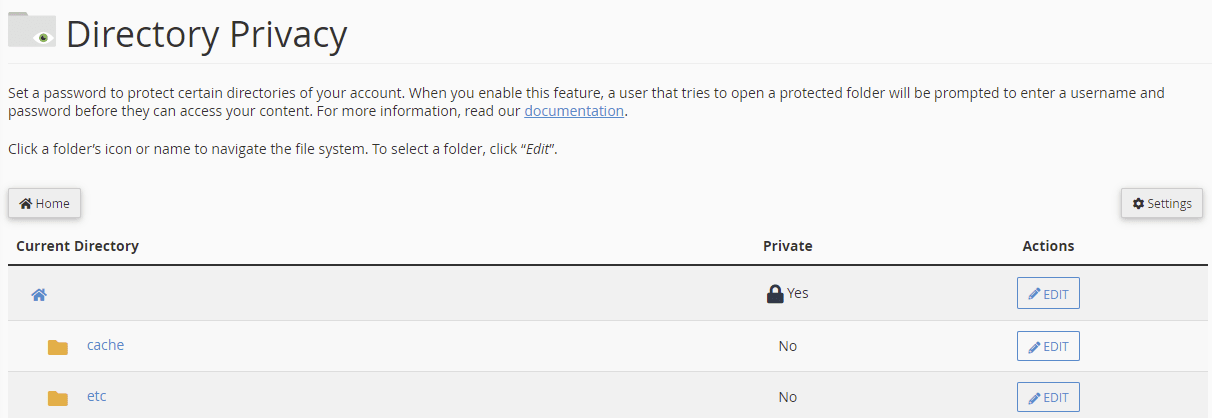
Wrapping Up
Managing files and directories on your server can be time-consuming but are well worth the effort. Knowing how to password protect a directory in cPanel is the difference between a potential threat and a data breach.
Fortunately, Liquid Web’s 24/7/365 support for cPanel customers offers the help you need for these tasks should you run into issues. The managed experience on our VPS Hosting, Cloud Dedicated Servers, and Dedicated Servers with cPanel is just a call or chat away. Contact our sales team today to get started.
Related Articles:

About the Author: Ronald Caldwell
Ron is a Technical Writer at Liquid Web working with the Marketing team. He has 9+ years of experience in Technology. He obtained an Associate of Science in Computer Science from Prairie State College in 2015. He is happily married to his high school sweetheart and lives in Michigan with her and their children.
Our Sales and Support teams are available 24 hours by phone or e-mail to assist.
Latest Articles
How to use kill commands in Linux
Read ArticleChange cPanel password from WebHost Manager (WHM)
Read ArticleChange cPanel password from WebHost Manager (WHM)
Read ArticleChange cPanel password from WebHost Manager (WHM)
Read ArticleChange the root password in WebHost Manager (WHM)
Read Article


